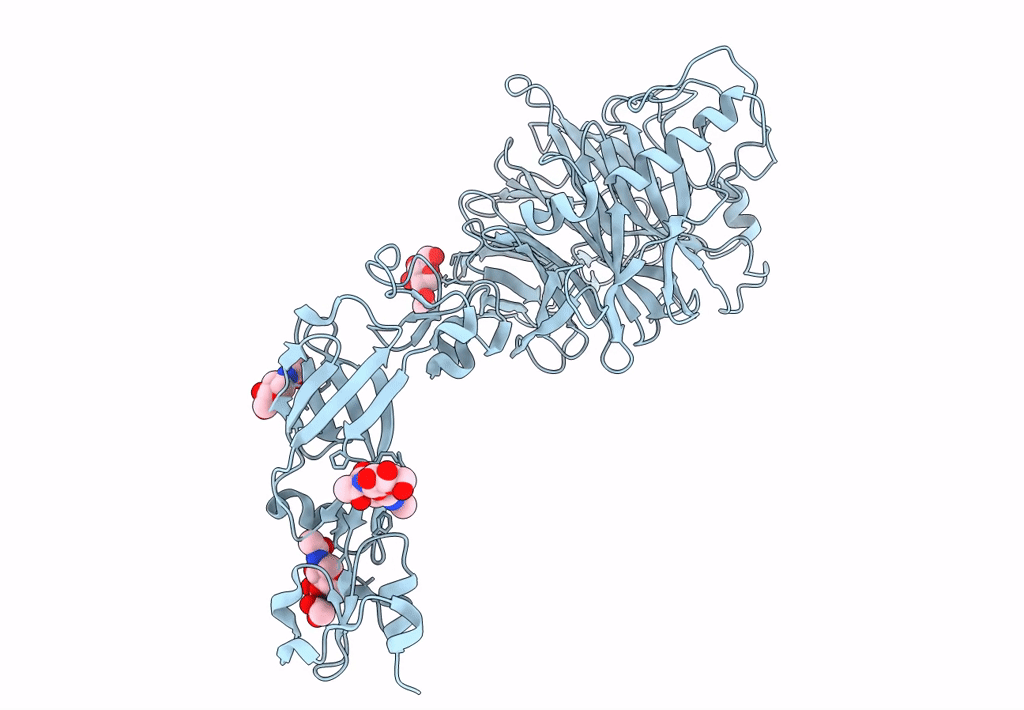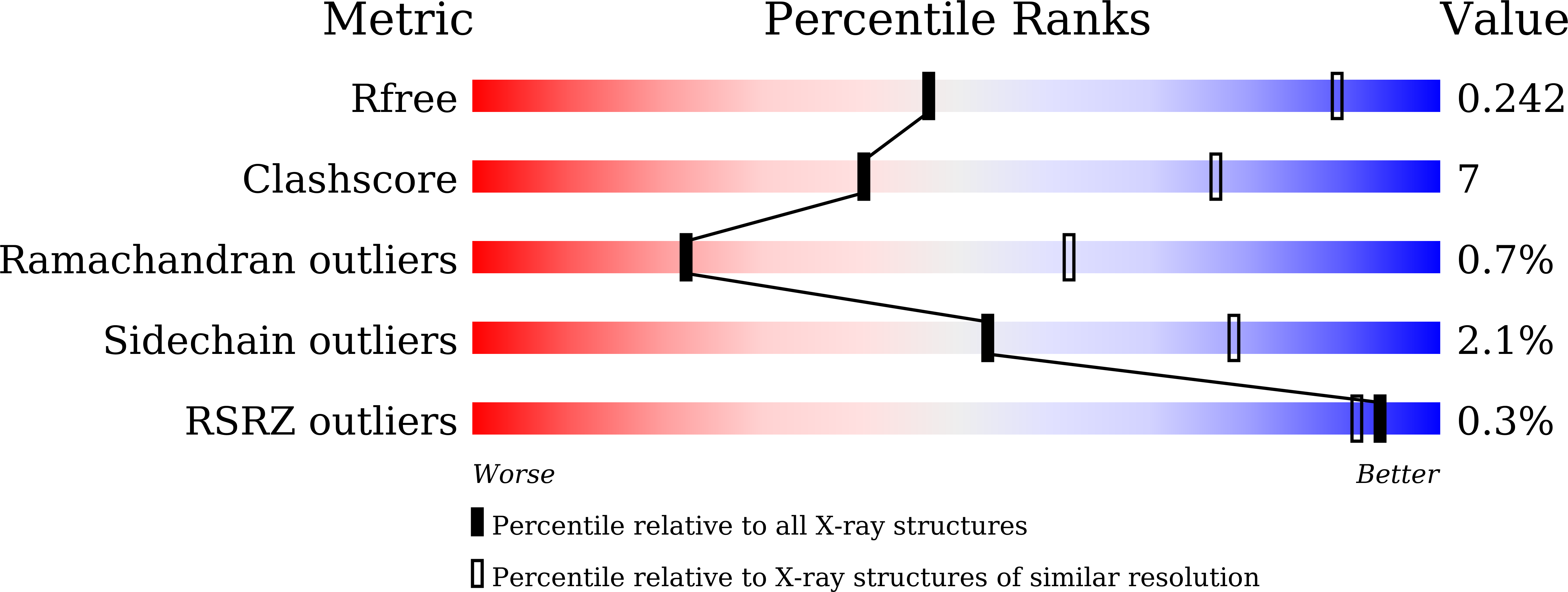
Deposition Date
2022-06-15
Release Date
2022-10-19
Last Version Date
2024-11-20
Method Details:
Experimental Method:
Resolution:
3.50 Å
R-Value Free:
0.24
R-Value Work:
0.22
R-Value Observed:
0.22
Space Group:
I 4 2 2


